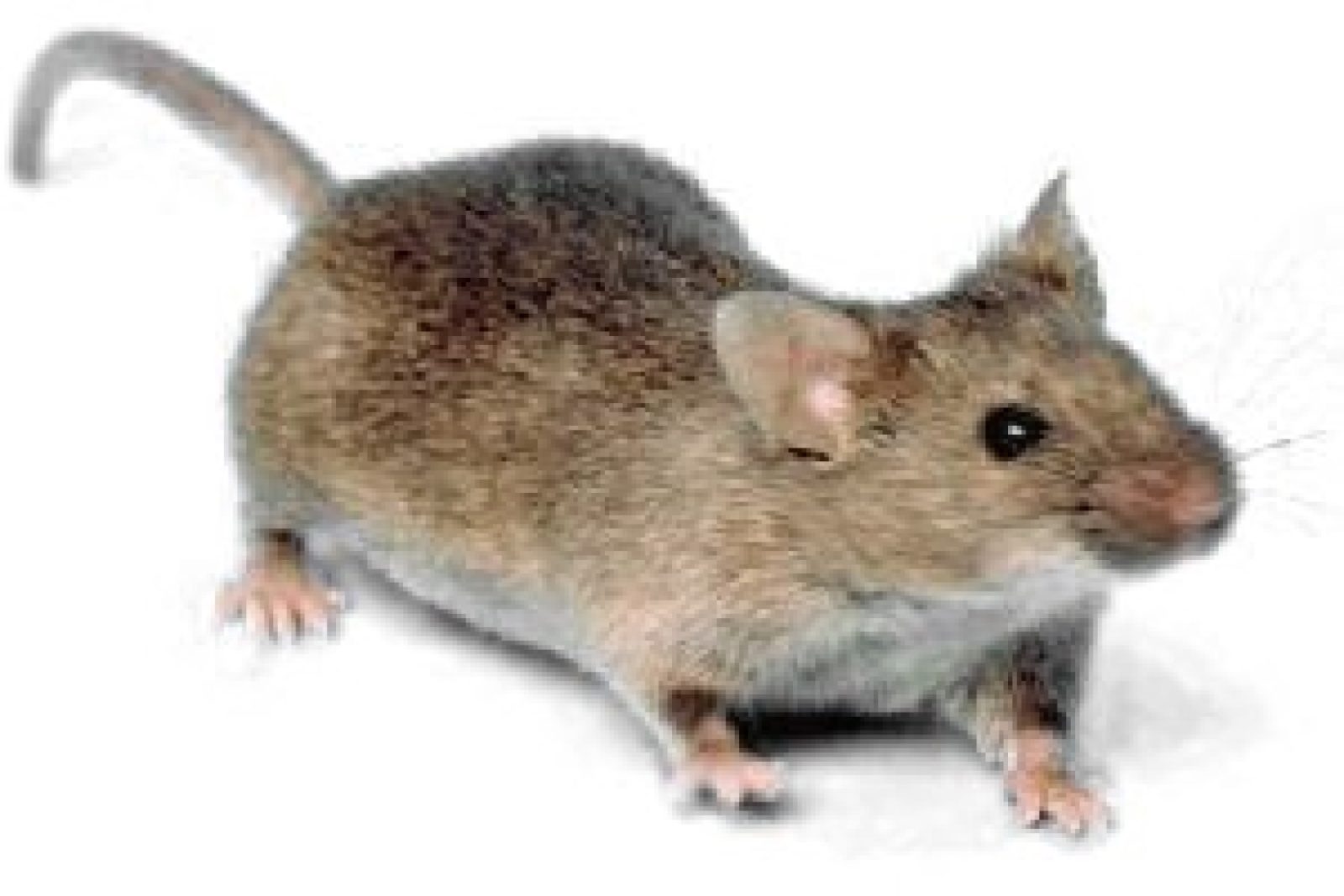
house mouse
- The house mouse is a small mammal of the order Rodentia, characteristically having a pointed snout, large rounded ears, and a long and almost hairless tail. It is one of the most abundant species of the genus Mus. Although a wild animal, the house mouse has benefited significantly from associating with human habitation to the point that truly wild populations are significantly less common than the semi-tame populations near human activity.
The house mouse has been domesticated as the pet or fancy mouse, and as the laboratory mouse, which is one of the most important model organisms in biology and medicine. The complete mouse reference genome was sequenced in 2002.
The three widely accepted subspecies are increasingly treated as distinct species by some:
- South-eastern Asian house mouse (Mus musculus castaneus) (southern and southeastern Asia)
- Western European house mouse (Mus musculus domesticus); includes the fancy mouse and the laboratory mouse (Western Europe, North America, South America, Africa and Oceania)
- Eastern European house mouse (Mus musculus musculus) (Eastern Europe and northern Asia)
Two additional subspecies have been recognized more recently:
- Southwestern Asian house mouse (southwestern and Central Asia). However, due to significant genetic similarity observed between (Mus musculus bactrianus) and Mus musculus castaneus, the subspecies designation for Mus musculus bactrianus has now been questioned.
- Pygmy house mouse (Mus musculus gentilulus) (the Arabian Peninsula and Madagascar)[19]
Many more subspecies’ names have been given to house mice, but these are now regarded as synonyms of the five subspecies. Some populations are hybrids of different subspecies, including the Japanese house mouse. A notable region of hybridization is a region in general Europe where M. m. domesticus and M. m. musculus are often found to hybridize. However, male hybrid mice typically experience hybrid sterility, which maintains reproductive separation between the two subspecies.










